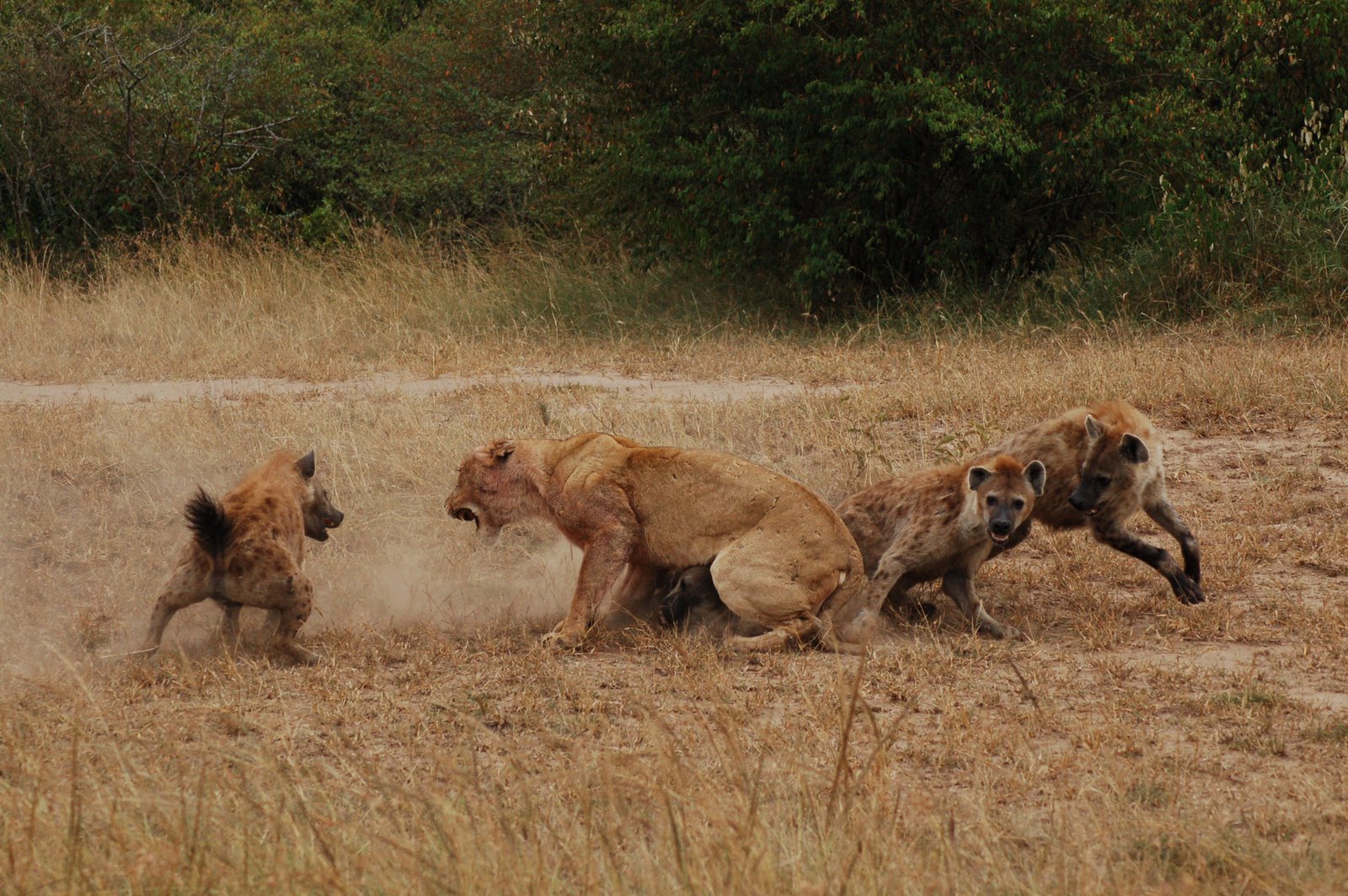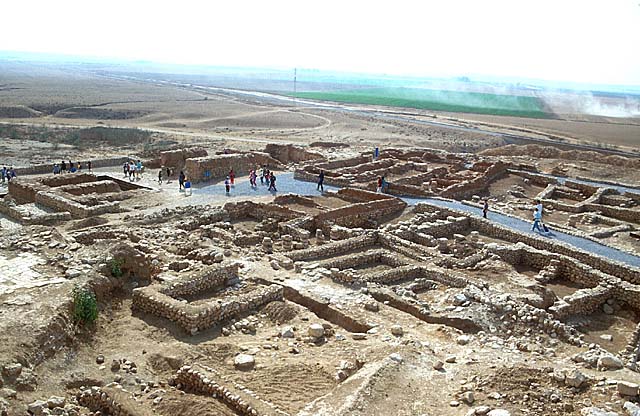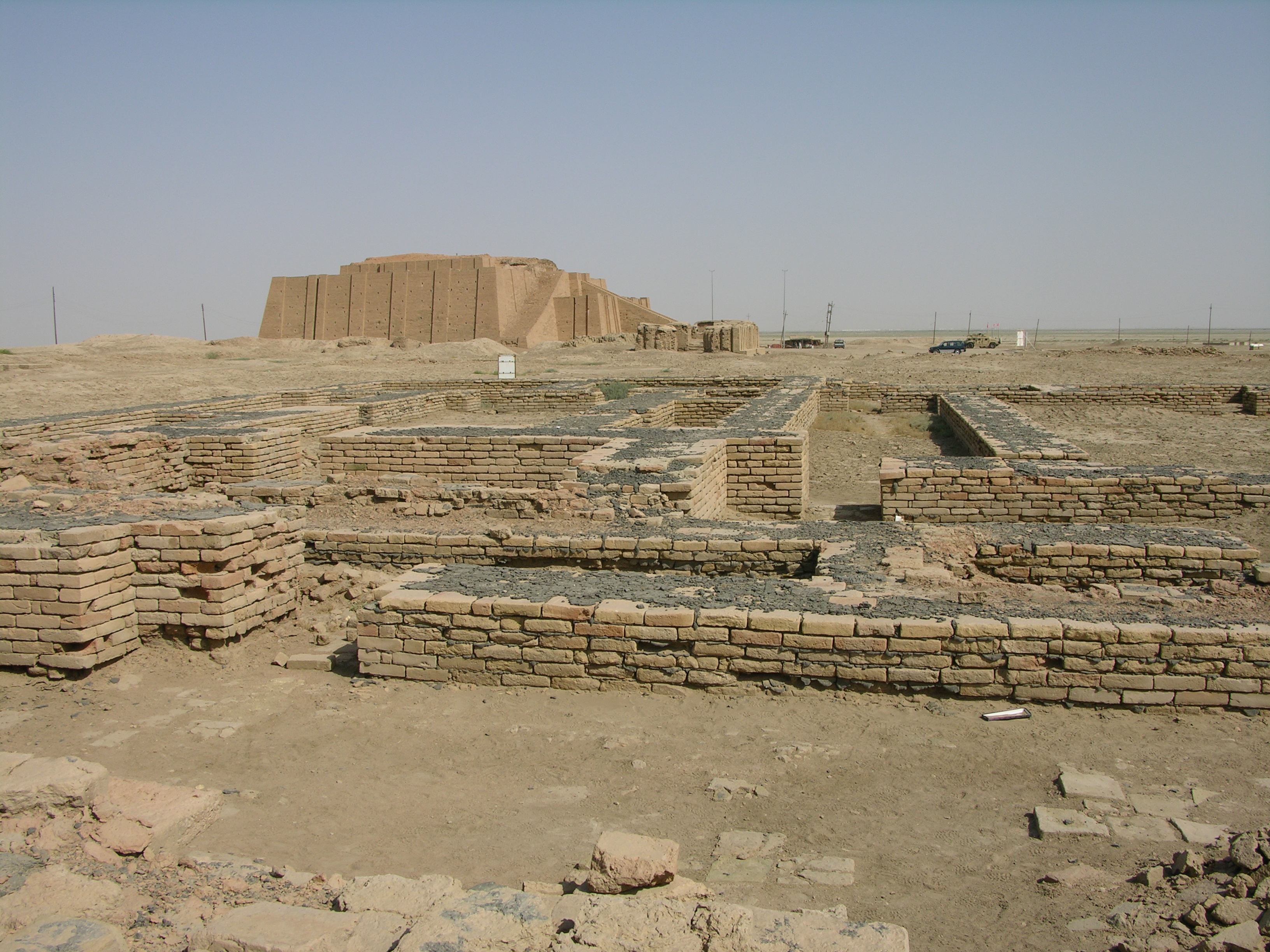Chapter 9. Part I
Further examples of morés which
illustrate this generalization about the relationship between values and physical reality are easy to find. The fact that so many of the
world’s cultures are patriarchal in design, for instance, is worth pondering.
Female humans appear, in general, to be
slightly less capable than males in some areas such as large muscle strength
and co-ordination, and spatial and numerical reasoning. (8.) However,
these differences are, in the first place, slight in comparison to the
differences among members of the same gender, and in comparison to the differences
between males and females in other species. In addition, they are differences
that exist between mythical beings called the “average man” and the “average
woman”. Real individual females and males vary considerably from the mean. Some
women are weight lifters, some are mathematical geniuses, while some men are
weak and moronic.
U. of Georgia
(steroid-free) cheerleader, Anna Watson
Furthermore, objective, scientific analysis reveals that - on
average - females are superior to males in other ways, such as in co-ordination
of the muscles of the hands and in verbal communication skills. The fact that
they were not the majority of doctors, lawyers, and political leaders, and in
most of the world's societies, never have been in the majority in these jobs
for which they seem better suited, is puzzling to say the least. (Women are
finally beginning to close in on parity in medicine, for example, which was
long overdue.) (9.)
Why were females stuck in positions of lower status and pay in
nearly all of the world’s societies? That such was, and largely still is, the
case seems not only unfair, but also illogical and inefficient. Aren’t such
tribes wasting human resources? Unfortunately, logic and fairness were not the
determining factors. Cultural efficiency, it turns out, is subtler.
Actually logic and fairness are just values
themselves. In other words, like all values, they’re tentative. They must serve
a society’s survival in order to become entrenched in the value code of that
society. If there are areas in a society’s life in which they work counter to
the needs of survival, they will be superseded by what the society will come to
call a “higher” value, or the society will die out. Motherhood was a higher
value.
Women bear the young, and a society’s children are its future in
the starkest, most final sense. Women tend to become pregnant due to anatomy
and hormones. We are programmed by our genetics to find sex pleasurable. We
seek it without being instructed to. The biological drive toward sex can be,
and often is, harnessed and redirected by society’s programming to serve
several of society’s needs at the same time, but these do not have to concern
us for now. Our line of reasoning has to continue to follow the developing
child – society’s future – now in the female’s womb.
Human females, like almost all mammalian
females, are not as able to run, hide, dig, gather, and fight when in advanced
pregnancy as when they are not pregnant. Then, after delivery, the child, to
whom the mother usually bonds deeply, requires years of care and nurture before
it can mature, become able to fend for itself, and make adult contributions to
the society of which it is a member. In short, for thousands of years, if a
society was to survive, its males had to protect its females and to assist, at
least indirectly, with the work required in the nurturing of children. A male
was simply more likely to provide assistance and protection when he believed
that the children were his. Individual males who loved all children were not
enough in number to make a difference to the long term odds. Those odds were
only improved significantly when nearly all of the men knew, or thought they
knew, which kids were theirs.
Yanomani leader/shaman with children (Brazil, 1990)
Note also here that male arousal and orgasm are necessary to
procreation, but female orgasms are not. Therefore, societies teaching males to
be dominant and females to be submissive thrived, while competing
societies which didn’t teach such values did not. Submissive women accept copulation even when they don't feel like doing so. The logical upshot was that
nearly all societies that reproduced at a rate which enabled them to grow
taught their girls to be sexually faithful, and generally submissive, to their
husbands. Hunting societies, agricultural ones, and industrial ones all grew
steadily stronger under this patriarchal design.
In addition, these societies evolved toward augmenting their
belief in female submissiveness with supporting values and behaviors which, in
most matters, gave the community's approval to males' dominance over females. Other less
patriarchal societies stagnated, or died out, or were assimilated by expanding,
aggressive, land-seizing, patriarchal ones. Again, note that little of the
history of these societies was guided or shaped by a gender-neutral concept of
justice.
Samantha John, co-founder of Hopscotch
The implication for post-industrial societies, with computer
technologies (and the changes they have brought to our concepts of work and
home), is that women can now contribute children to society and simultaneously
contribute work other than child-nurturing in any of the areas of their
culture’s ongoing development and life in which they can do the job. The imperatives
of the past which dictated that girls had to adopt submissive roles in order to
ensure the survival of their tribe and its culture are evolutionarily obsolete.
Advances in birth control technologies (e.g. the oral contraceptive) and in
child-rearing and nurturing technologies (e.g. artificial insemination, infant-feeding
mixtures) have made the chores and joys of child rearing possible for men, and
even for single women, who in earlier eras had little choice but to forego the
joys and trials of parenting or else condemn themselves and their children to
society's stigmatization.

In post-industrial societies, there is no survival-oriented
reason for women not being afforded as large and varied a range of career and lifestyle
choices as that previously open almost exclusively to men. There is no
compelling, survival-oriented reason for any person’s not receiving pay and
status commensurate with the value of his or her contribution to the nation’s
ongoing life and development.
In fact, what does appear to be true is that any limitations
placed unduly or unequally on the opportunities of any citizens in the
community – on the basis of gender, sexual orientation, or race – is only
reducing the community’s capacity to grow and flourish. Computer technology and
the oral contraceptive have made a higher degree of gender neutral justice
possible. If we wish to maximize our human resources, become as dynamic a
society as possible, and compete ever more successfully in the environments of
our planet and perhaps beyond, we must make educations and careers of the best
quality that we have open to all citizens who can do the job. If we are going
to maximize our human resources, then access to education and careers should be
based on merit alone. At least, such is the conclusion we must draw from all of
the reasoning and evidence that we have before us today.
Furthermore, the authorities of society, out
of a sense of efficiency only, are probably going to have to find ways of
ensuring that quality nurturing of children receives pay and benefits matching
the pay and benefits given to all other kinds of jobs in society traditionally
driven by these incentives. Having kids will have to be a reasonable option, if
we are to maintain a stable base population for our society in this new
century.
Driving women back into a domestic zone would
be retrograde and counter-productive, like locking our bulldozers in sheds and
digging ditches by hand in order to "make work". For women and men
who choose it, the nurture of children must be given real respect and pay, if
we are to continue on the path of knowledge-driven and technology-based evolution
that we have chosen. Mere logic says so.





















